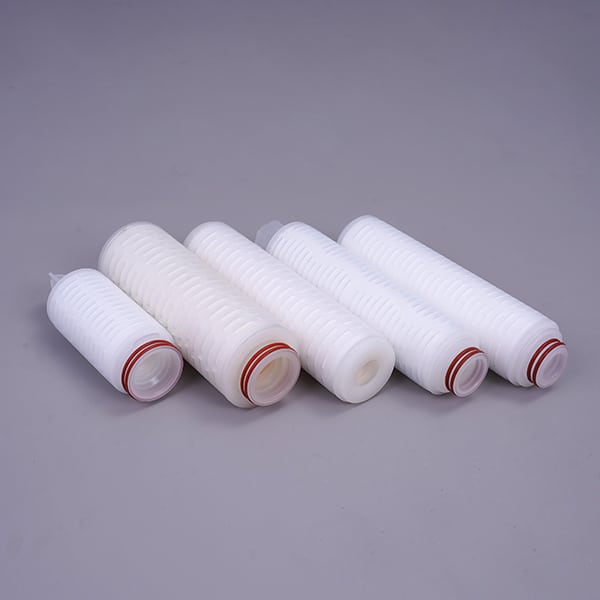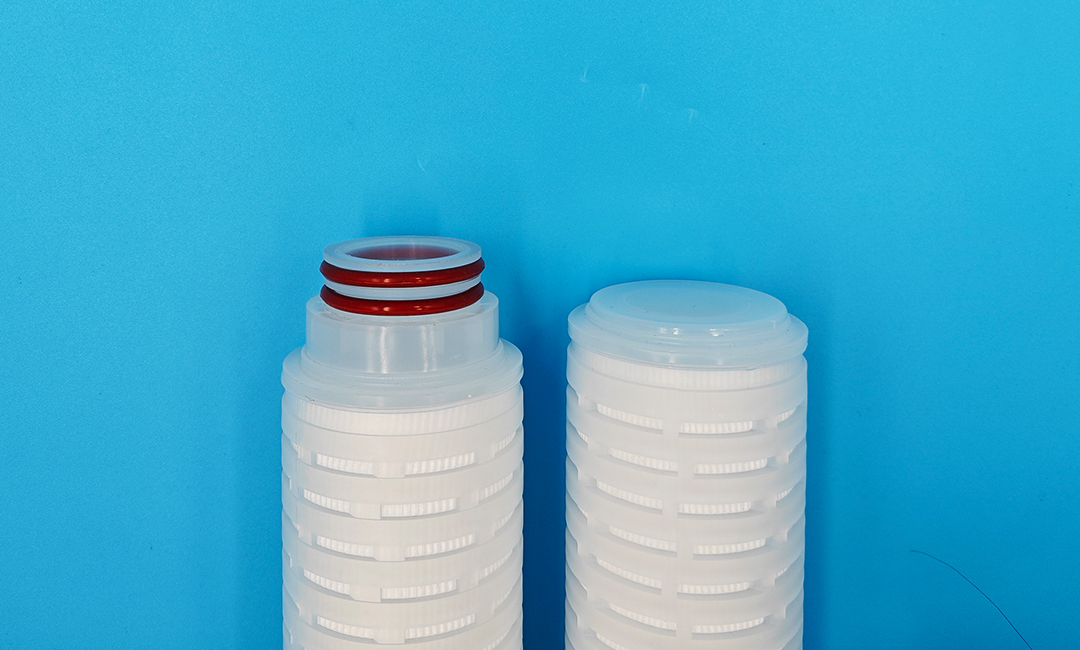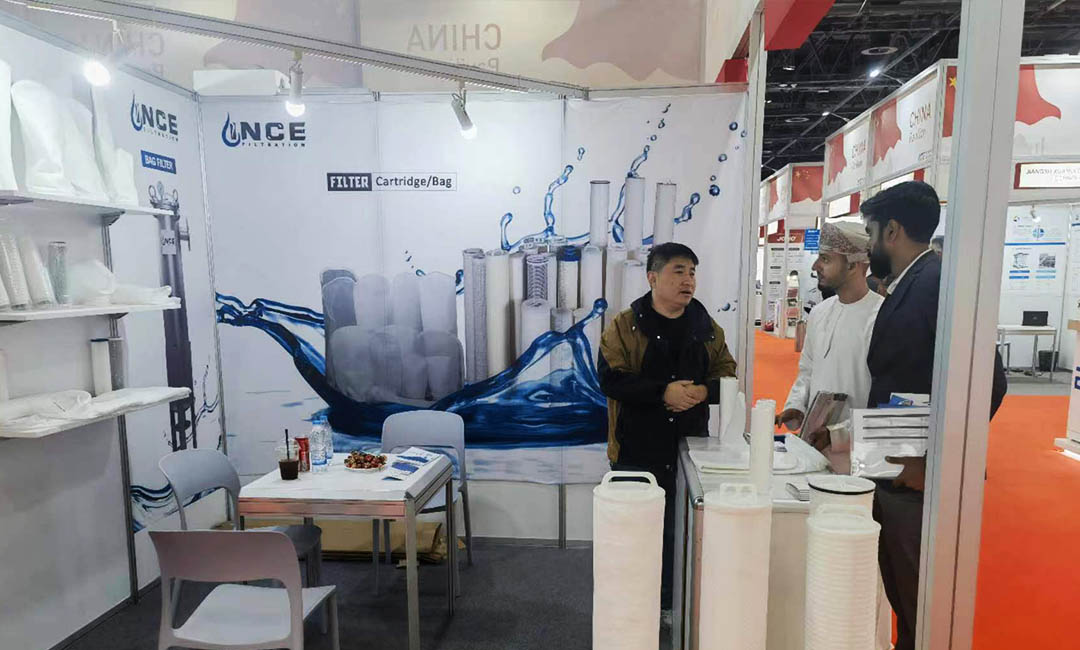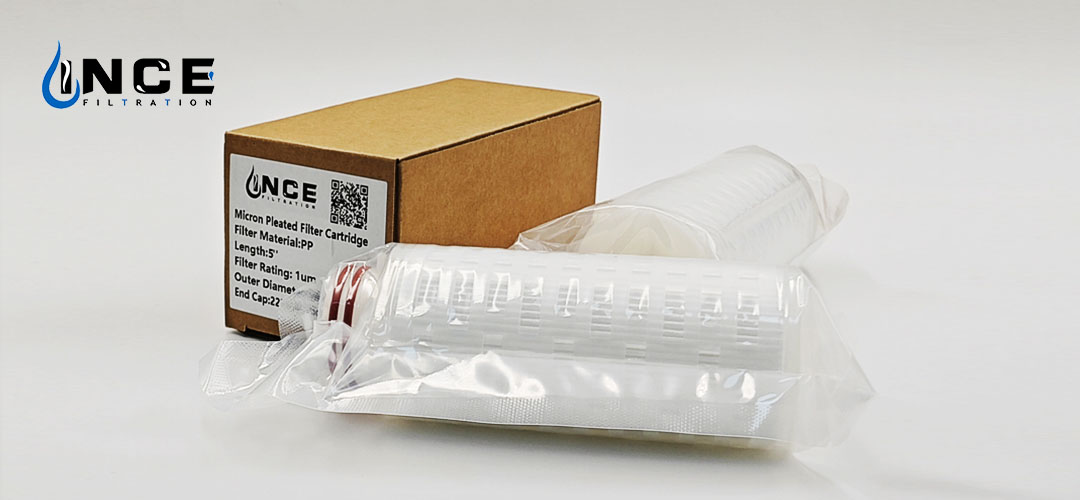
5 Features to Look for in a Quality Pleated Sediment Filter
Longevity of Filter
When it comes to choosing a pleated sediment filter for your water filtration system, there are several key features to consider in order to ensure that you are getting a quality product that will effectively remove sediment and other particles from your water supply. One of the most important factors to consider is the longevity of the filter. A high-quality pleated sediment filter should be able to last for an extended period of time before needing to be replaced, saving you time and money in the long run.
One feature to look for in a quality pleated sediment filter is a durable construction. The filter should be made from high-quality materials that are resistant to wear and tear, ensuring that it will not break or degrade prematurely. Look for filters that are made from materials such as polyester or polypropylene, which are known for their durability and longevity.
Another important feature to consider is the size of the filter. A larger filter will have a greater surface area, allowing it to capture more sediment and particles from your water supply. This can help to improve the overall efficiency of your filtration system and ensure that your water is as clean and pure as possible. Look for pleated sediment filters that are available in a range of sizes to suit your specific needs.
In addition to size, it is also important to consider the micron rating of the filter. The micron rating refers to the size of particles that the filter is able to capture, with lower micron ratings indicating a finer level of filtration. Look for pleated sediment filters with a low micron rating, such as 1 or 5 microns, to ensure that even the smallest particles are removed from your water supply.

Another feature to look for in a quality pleated sediment filter is a high flow rate. A filter with a high flow rate will be able to process more water in a shorter amount of time, ensuring that you have a steady supply of clean water whenever you need it. Look for filters that are designed to maintain a high flow rate even as they become clogged with sediment, as this can help to prolong the life of the filter and ensure that it continues to operate effectively.

Finally, consider the ease of installation and maintenance when choosing a pleated sediment filter. Look for filters that are easy to install and replace, with clear instructions provided by the manufacturer. Additionally, consider whether the filter is easy to clean and maintain, as this can help to prolong its lifespan and ensure that it continues to operate at peak efficiency.
In conclusion, when choosing a pleated sediment filter for your water filtration system, be sure to consider the longevity of the filter as one of the key features to look for. By choosing a filter with a durable construction, a large size, a low micron rating, a high flow rate, and ease of installation and maintenance, you can ensure that you are getting a quality product that will effectively remove sediment and particles from your water supply for years to come.
Micron Rating
When it comes to choosing a pleated sediment filter for your water filtration system, there are several key features to consider. One of the most important factors to look at is the micron rating of the filter. The micron rating refers to the size of particles that the filter is able to capture. The lower the micron rating, the smaller the particles that the filter can effectively remove from your water.
A quality pleated sediment filter should have a low micron rating to ensure that it can effectively remove even the smallest particles from your water. A filter with a micron rating of 1 or less is ideal for capturing fine sediment, sand, silt, and other contaminants that can affect the taste and quality of your water. By choosing a filter with a low micron rating, you can ensure that your water is clean, clear, and safe to drink.
In addition to the micron rating, it is also important to consider the material of the filter. Pleated sediment filters are typically made from materials such as polyester, cellulose, or polypropylene. Polyester filters are durable and resistant to chemicals, making them a good choice for filtering water in industrial settings. Cellulose filters are biodegradable and environmentally friendly, making them a popular choice for residential water filtration systems. Polypropylene filters are lightweight and resistant to bacteria, making them a good choice for filtering water in healthcare settings.

Another important feature to look for in a quality pleated sediment filter is the filter’s capacity. The capacity of a filter refers to the amount of water that it can effectively filter before needing to be replaced. Filters with a higher capacity are able to filter more water before needing to be changed, which can save you time and money in the long run. When choosing a pleated sediment filter, be sure to consider the capacity of the filter and choose one that meets your specific needs.
In addition to the micron rating, material, and capacity, it is also important to consider the flow rate of the filter. The flow rate refers to the speed at which water can pass through the filter. A filter with a high flow rate is able to filter water quickly and efficiently, ensuring that you have a steady supply of clean water whenever you need it. When choosing a pleated sediment filter, be sure to consider the flow rate of the filter and choose one that is able to meet your specific water filtration needs.

Finally, it is important to consider the cost of the filter when making your decision. While it may be tempting to choose a cheaper filter, it is important to remember that quality should always be your top priority when it comes to water filtration. Investing in a high-quality pleated sediment filter may cost more upfront, but it will save you money in the long run by providing you with clean, clear, and safe water for years to come.
In conclusion, when choosing a pleated sediment filter for your water filtration system, be sure to consider the micron rating, material, capacity, flow rate, and cost of the filter. By choosing a filter that meets these criteria, you can ensure that your water is clean, clear, and safe to drink. Investing in a quality pleated sediment filter is an investment in the health and well-being of you and your family.
Flow Rate
When it comes to choosing a pleated sediment filter for your water filtration system, there are several key features to consider to ensure you are getting a quality product that will effectively remove sediment and other particles from your water. One important feature to look for is the flow rate of the filter. The flow rate of a filter refers to the amount of water that can pass through the filter in a given amount of time, typically measured in gallons per minute (GPM).
A higher flow rate is generally desirable as it means that the filter can process more water in a shorter amount of time, which is especially important for households with high water usage or for commercial applications. However, it is also important to consider the balance between flow rate and filtration efficiency. A filter with a very high flow rate may sacrifice filtration effectiveness, so it is important to find a filter that offers a good balance between the two.
Another important feature to consider when choosing a pleated sediment filter is the micron rating. The micron rating of a filter refers to the size of particles that the filter is capable of removing from the water. Filters with a lower micron rating are able to capture smaller particles, while filters with a higher micron rating are better suited for larger particles.
For most residential applications, a pleated sediment filter with a micron rating of 5 microns or less is sufficient to effectively remove sediment, sand, silt, and other particles from the water. However, if you have specific water quality issues or require a higher level of filtration, you may want to consider a filter with a lower micron rating.
In addition to flow rate and micron rating, it is also important to consider the material and construction of the pleated sediment filter. High-quality filters are typically made from durable materials such as polyester or polypropylene, which are resistant to chemicals and provide excellent filtration performance. The pleats of the filter should be tightly packed to maximize surface area and improve filtration efficiency.
Furthermore, the construction of the filter should be sturdy and well-sealed to prevent leaks and ensure that all water passing through the filter is properly filtered. Look for filters that are NSF-certified or meet other industry standards to ensure that you are getting a quality product that will effectively remove sediment from your water.
Lastly, consider the lifespan and maintenance requirements of the pleated sediment filter. Some filters may need to be replaced more frequently than others, depending on the level of sediment in your water and the overall quality of the filter. Look for filters that are easy to install and replace, and consider investing in a filter housing or pre-filter to extend the life of your pleated sediment filter.
In conclusion, when choosing a pleated sediment filter for your water filtration system, be sure to consider the flow rate, micron rating, material and construction, and lifespan of the filter. By selecting a filter with these key features, you can ensure that your water is effectively filtered and free from sediment and other particles.

